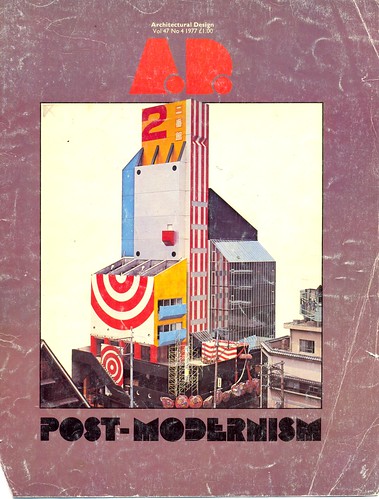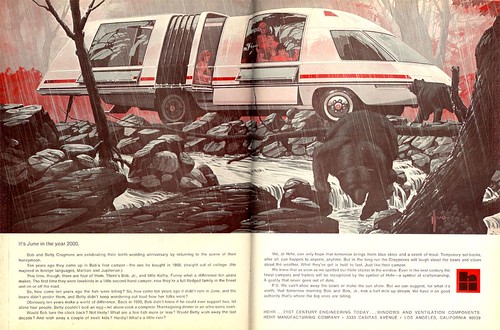First, let me start off by saying that it was a great inauguration day, and I am feeling relatively at ease with the way things are heading. Change has really caught on, as evidenced by the swift change in aesthetics of Pop in America. Literally everything seems to be changing, from advertising to the way we discuss race and politics, to how we view America. Colin Powell was spot-on with his prediciton that Obama would be a "transformational figure." It truly has impacted nearly every aspect of society. Things are remarkably positive, even in the worst "crisis" most of us have experienced.

Many people were disallusioned by the last decade or so (ok, I'll say it, 8 years) and now feel that we can catch up so to say, and maybe move forward. Many of the Neo-Con policies and tactics that have set us back seem to be fading, and I think that Pop is reflecting that. I haven't noticed a significant change in generational Pop for the last decade or so. even as we have significant trends blistering forward in the arenas of personal connectivity. But literally in the last three months, I have noticed that we seem to have met a critical mass of sorts, and now have realized what was bubbling beneath the surface for the last few years. We are in the future.
That clip is amazing. Start off with the accurate projection that we would love the 80's. Then, the hybridization of culture (cajun sushi). It portrays almost perfectly the two conflicting responses we experience when thinking of the future. One is a disbelief in the future, an awe inspiring phenomena which is the equivalent of looking into the future. We get a glimpse of what is to come. Because they are usually familiar objects, made unfamiliar, we percieve them as strange. The second way that we think of the future is looking back. Is this the future? If this were a movie, could this be the future. This is how I am feeling right now. It is much like 2015 from Back to the Future. I almost feel as if the whole world changed really quickly around me. We have realized the critical mass, and we are in the future. Instead of sitting around playing
Phish on our guitars, we are playing
Wii and listening to
Daft Punk. Hello future.
The intersting thing about Obama's campaign was his embracing of popular culture, and vica-versa. He latched on to the aforementioned personal connectivity revolution, and it made all the difference in the campaign. He was on everything from facebook to twitter, and was using skype and youtube. Probably more important were the artists and musicians who gave him so much free publicity. He may not have even been nominated if not for them. The unique innovation and
mix of Pop and politics (maybe I just like it because its Beyonce, but that clip is amazing, especially at the end) is another prime example of how revolutionary Obama is.
The effect of this mix is increased political awareness for everyday people. This is why Pepsi and many others have latched onto these ideas. They are not only catching on in politics, but in everyday people's lives. How will architecture respond? Will architecture speak to everyday people? Can it be political? Or popular? Will there be architecture that people understand? Can architecture transcend the boundaries that politics has and make people more aware of their surroundings? Can it participate in the pop culture/political/whatever else discourse? Could it even contribute to it?

















